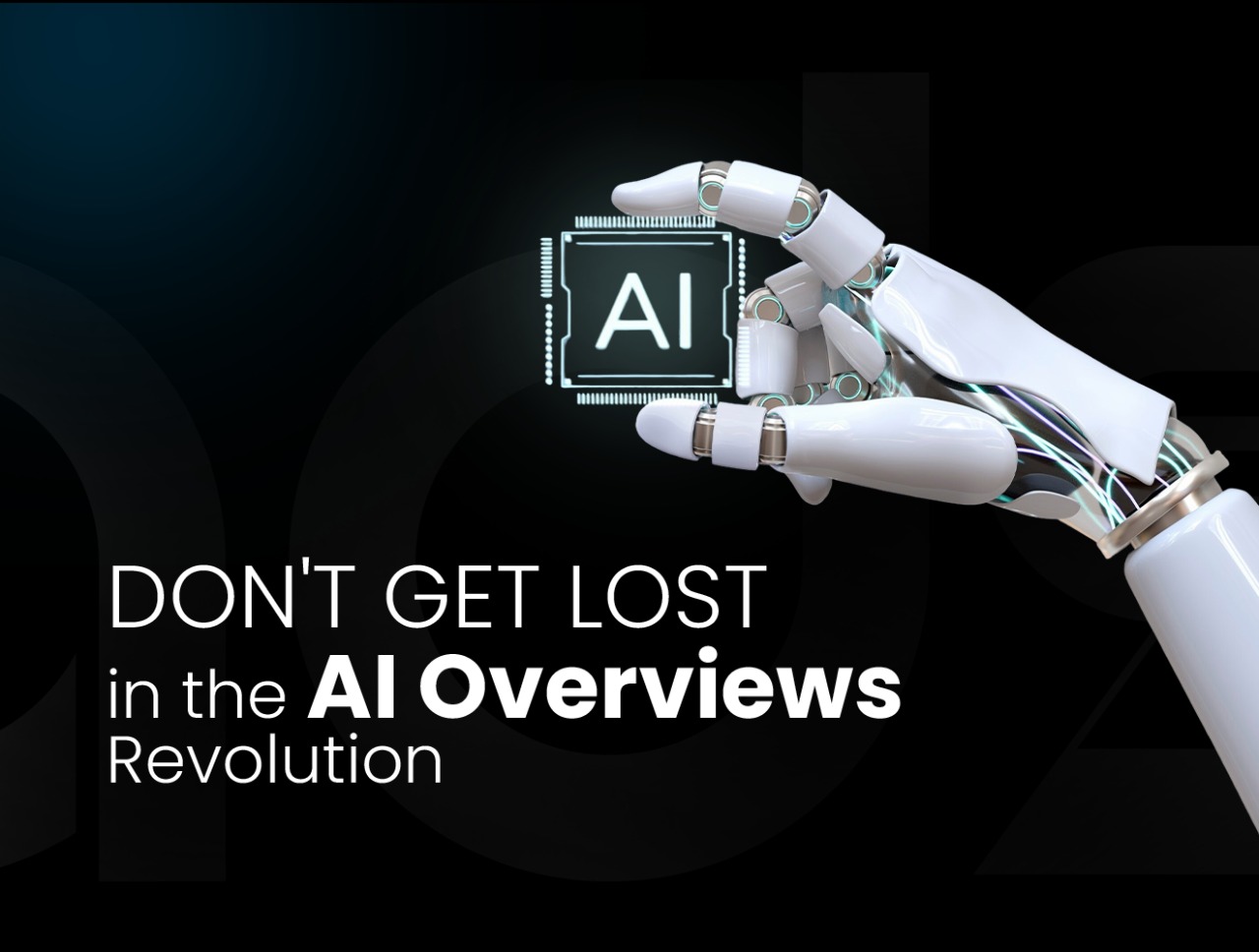Optimizing your website for AI overviews and large language models utilizing SEO, semantic structure, and content strategy mix will ensure that the information is comprehensible, machine-readable, and reliable. You'll be ready to optimize your pages for AI if you follow these simple steps.
Key Objectives
Provide content with little ambiguity, semantic HTML, and a clear structure to make it easy for AI to understand.
Give AI brief summaries and answers that can be chosen for highlighted responses or summaries.
When LLMs create long-form content, make sure your website has enough citations and depth for credibility to make it the go-to source.
1. Content Structure for LLMs & AI Overviews
Use Clear HTML Semantics
Make use of the <h1>, <h2>, and <h3> headings in a logical order.
For paragraphs, use <p>; for lists, use <ul>/<ol>; and for tabular data, use <table>.
Add the markup for schema.org (see below).
Add TL;DR or Key Takeaways
Include a short summary or TL;DR section at the top:
html
CopyEdit
<div class="tldr">
<strong>TL;DR:</strong> This guide explains how to optimize your site for AI summaries by using structured content, schema markup, and concise language.
</div>
Use Question-Answer Format (FAQ-style)
2. Schema & Structured Data
Implement JSON-LD Structured Data
Use Schema.org types like:
Example (FAQPage):
json
CopyEdit
{
"@context": "<https://schema.org>",
"@type": "FAQPage",
"mainEntity": [
{
"@type": "Question",
"name": "What is a control system?",
"acceptedAnswer": {
"@type": "Answer",
"text": "A control system manages, commands, directs or regulates the behavior of other devices or systems."
}
}
]
}
3. Writing Style & Language
Use:
Make sure the sentences are short and declarative.
There should be a subheading after every 200-300 words
Use bolded, significant terms.
Give detailed explanations (e.g., "PLC stands for…").
For clarity, use numbered lists or bullet points.
Avoid:
4. Topical Authority Signals
Cover the Topic Deeply
Add Supporting Media:
Diagrams with captions and alternative text.
Code snippets (if technical).
Original data, statistics, or case studies (excellent for LLM credibility).
5. Make Pages Citation-Friendly
For LLMs to "trust" and cite your content:
Avoid using tracking parameters and maintain clean, canonical URLs.
Post author biographies along with credentials.
Time stamps should be kept up to date ("Last updated").
Include outbound authority links and cite original sources.
6. Technical SEO
Quick loading (Core Web Vitals)
Mobile-friendly
No interruptions that are invasive
Content that is crawlable (no JS-blocked key text)
Bonus: Prompt Optimization
Write meta descriptions and headers that resemble summary prompts or user questions:
Example:
The title is "What is a PLC Control System? | Full Guide with Examples"
Meta Description: "Discover the functions, applications, and differences between PLC and DCS systems. contains real-world examples and diagrams.
Tools to Check AI Optimization
AI-driven search isn’t coming, it’s already here.
You must optimize for structure, semantics, and clarity if you want your pages to appear in overviews. Build content with both humans and machines in mind, start small, and test frequently.

.png?alt=media&token=791006f0-76a4-47de-be8e-f597cf377cd6)

.jpg?alt=media&token=6edafa4e-9716-420e-91b8-b96ad311db25)
.jpg?alt=media&token=cb837697-d71d-4154-8bb3-2c17745467af)
%20(2).jpg?alt=media&token=8d1adfa9-fec3-46e6-8f76-4e2367292ae1)
.jpg?alt=media&token=d8176526-83f7-44c0-803a-71818ace5dfd)
.jpg?alt=media&token=46ae0a4b-fb50-42d6-a10d-bf369a66a9df)
